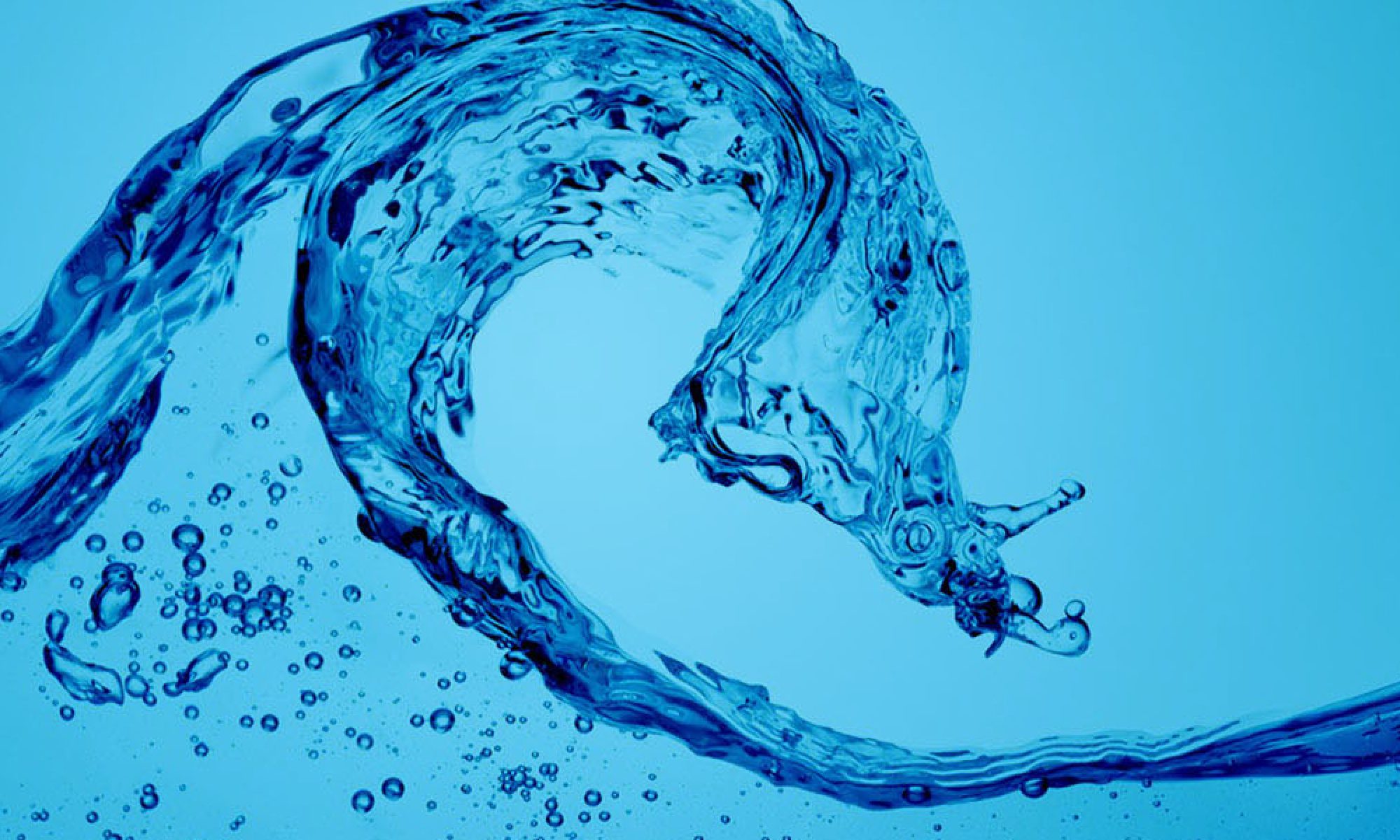There are two types of water, hard and soft. Hard water is the most natural type of water that hasn’t been tainted by any chemical process. It becomes hard because before it reaches your taps at home, it seeps through the ground where it’s filtered by stones and mineral deposits containing all of the natural minerals such as iron, calcium, magnesium, etc. Drinking hard water is not harmful and could be a major contributor to cardiovascular disease mortality as well as that of calcium and magnesium to our diet.
Difficulties Of Cleaning With Hard Water
Hard water does, however, make cleaning task from laundering, dishwashing to bathing, and personal hygiene challenging. It makes soaps and detergents lose some effectiveness, and instead of lathering or dissolving completely, soaps tend to combine with the hard minerals to form a soapy mess.
This effect is evident because it leaves insoluble soap scum in your bathtub, washing basins, your shower, dishes, laundry machines, and roughens clothes too. Water softening is the process through which calcium and magnesium ions are eliminated from the water by using a mechanical appliance that is plumbed into your home’s water supply system.
Ion Exchange Method
There are different technologies including water filtration, and water purification methods that can be used to make hard water soft. Some water softeners use a process called ion exchange, which is the most popular and commonly used methods of removing the calcium and magnesium ions from water in your water to exchange it with two sodium ions.
The ion exchange system uses a mineral tank containing zeolite beads that carry a negative charge to attract and cling to the positive charge carried by calcium and magnesium ions. This means that these minerals will adhere to the beads as the hard water passes through the tank.
A very powerful solution of sodium ion is then flushed through a tank that has beads already soaked with calcium and magnesium so as to drive the calcium and magnesium ions off, the unit then enters a 3-phase regenerating cycle to produce soft water:
- The backwash phase flashes out dirt from the tank
- The sodium-rich salt solution replaces the calcium and magnesium in the recharge phase
- The final phase flushes off the excess brine then refills the brine tank
This process is very effective, but it increases the salt content in the water, which might not be favorable to everyone.
Distillation is another water purification method of effectively softening and removing impurities for small quantities of water. It entails boiling the water to produce vapor, then condensing it back into pure water.
Where To Get Started
Before installing a water softener, use a water testing kit that measures hardness from 0-1000 ppm or 0-59 grains of hardness. Values of more than 1 GPG are usually considered to be hard water. Use a water softener that either has an automatic regenerating system that flushes and recharges the system on a regular basis or the type that uses a mechanical water meter to measure water usage and initiate recharging only when necessary.
At Reynolds Water Conditioning Company, we are here to help make sure our clients don’t buy water treatment systems that they don’t need. We are here to make sure you find a water softening system that gives you the results you are looking for, whether it is to remove iron or odor from you water; we have a solution that will help! For more information contact our experts at 800.572.9575 or at our website https://reynoldswater.com.
